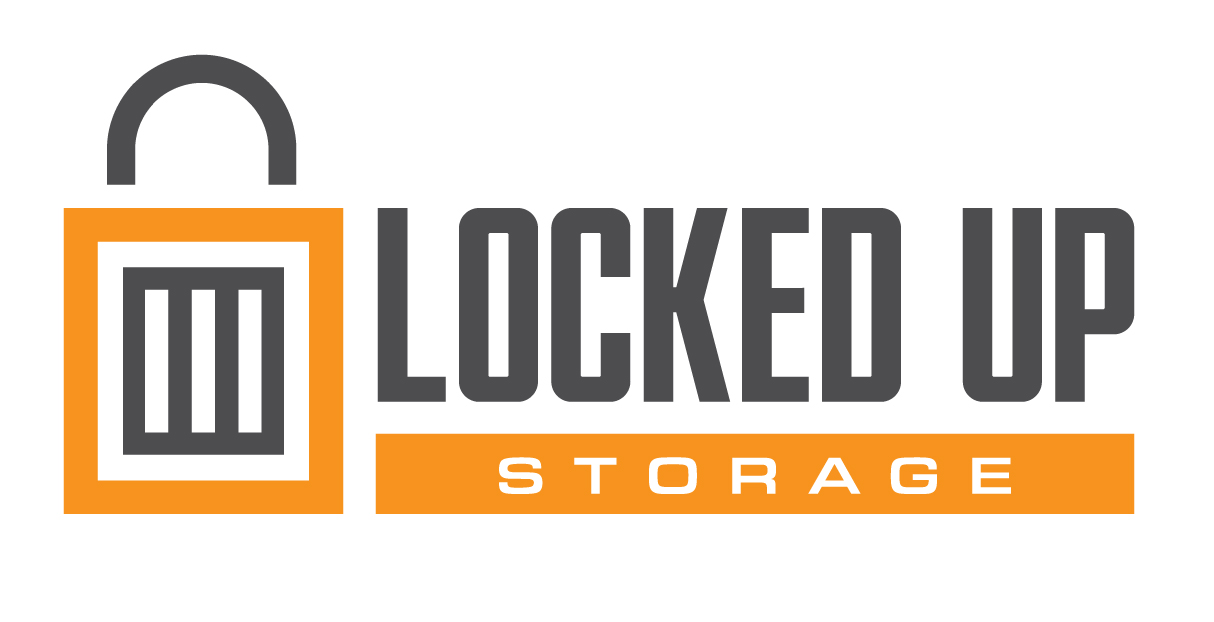Protecting Your Belongings: Tips to Prevent Damage in a Non-Climate Controlled Storage Unit
—
July 24th, 2023

Whether you're moving, downsizing, or just need some extra space, non-climate controlled storage units can be a convenient solution. However, these units lack the temperature and humidity regulation of climate-controlled options, which can make them susceptible to certain types of damage. To ensure your belongings remain safe and in good condition, it's essential to take preventive measures. In this blog, we'll explore practical tips to safeguard your items while using a non-climate controlled storage unit.
Choose Your Storage Unit Wisely: The first step in protecting your belongings is selecting the right storage unit. Opt for a facility with sturdy construction and proper security measures. Check for signs of leaks, pests, or poor ventilation, as these issues can lead to damage.
Clean and Prep Your Items: Before placing your belongings in storage, make sure they are clean and dry. Dust and dirt can attract pests and lead to degradation over time. For wooden furniture, applying a protective polish can prevent cracks and splitting caused by changes in humidity.
Use High-Quality Packing Materials: Invest in high-quality packing materials to shield your possessions from potential damage. Sturdy cardboard boxes, plastic containers with tight-fitting lids, and heavy-duty packing tape are essential. For delicate or valuable items, consider using bubble wrap, foam sheets, or packing peanuts for extra protection.
Elevate Your Items: Whenever possible, avoid placing your belongings directly on the floor. Use pallets or shelving units to elevate your items, reducing the risk of water damage from leaks or spills. Elevating your belongings also aids in airflow, which can prevent mold and mildew growth.
Avoid Plastic Covers: While it might seem counterintuitive, avoid covering your items with plastic sheets or tarps. Plastic traps moisture, which can lead to mold, mildew, and rust formation, especially in non-climate controlled environments.
Disassemble Furniture and Appliances: If you're storing furniture or appliances, disassemble them to minimize the risk of damage. Remove table legs, detachable shelves, and other parts that could be vulnerable during transportation or storage. Store screws and small parts in labeled bags, so reassembling is easier when you retrieve your items.
Organize Thoughtfully: Organize your storage unit thoughtfully to make retrieval and inspection easier. Keep frequently accessed items towards the front and leave pathways to access items in the back without having to move everything around. This way, you'll minimize the risk of accidental damage during visits.
Utilize Desiccants: To control moisture levels within your storage unit, use desiccant packs or moisture absorbers. These can help reduce humidity and prevent mold and mildew growth. Replace them regularly or as instructed by the manufacturer.
Regularly Check and Maintain: Don't forget about your stored items once they're tucked away. Schedule regular visits to inspect their condition and ensure everything is in order. If you notice any issues, address them promptly to prevent further damage.
Consider Climate-Controlled Options: If your belongings are highly sensitive to temperature and humidity changes, consider upgrading to a climate-controlled storage unit. Though they might be slightly more expensive, the additional protection is worth it for valuable or delicate items.
Conclusion: By following these tips, you can significantly reduce the risk of damage to your belongings while using a non-climate controlled storage unit. Careful preparation, organization, and proactive maintenance are the keys to keeping your possessions safe and in optimal condition. Remember that choosing the right storage facility and using quality packing materials play vital roles in safeguarding your belongings. With a little extra effort and attention to detail, you can enjoy peace of mind knowing your cherished items are protected during their time in storage.
